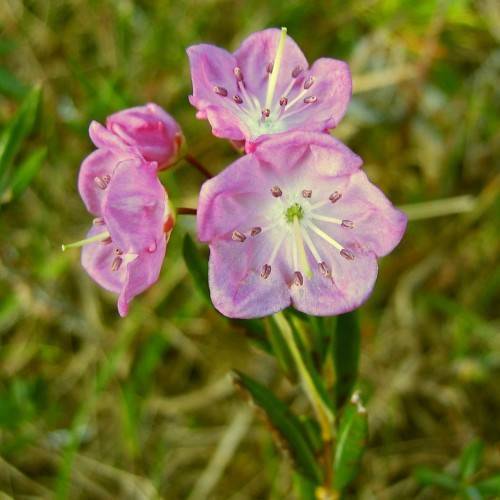
western bog laurel
Kalmia microphylla
Cycle:
Perennial
Watering:
Average
Hardiness Zone:
2
Flowers:
Flowers In Spring
Sun:
Full sun
Soil:
Rocky , gravelly , dry, Well-drained
Fruits:
Fruits In Autumn Ready In Fall
Leaf:
Yes
Growth Rate:
Low
Drought Tolerant:
Yes
Salt Tolerant:
Yes
Thorny:
Yes
Invasive:
Yes
Care Level:
Medium
watering
When watering Creeping Juniper, the frequency will depend on the season and the weather: -In Spring and Summer, water your Creeping Juniper every 5-7 days with a half gallon of water per plant. -In Fall and Winter, water your Creeping Juniper every 10-14 days with a half gallon of water per plant.
sunlight
Creeping juniper (Juniperus horizontalis) thrives in full sun. It needs at least 6 hours of direct sunlight per day for healthy growth and to produce optimal foliage colors. If planted in a location that receives too little sunlight, the plant’s growth may suffer, and it may not produce as much foliage. If planted in an area that receives too much sunlight, the plant may suffer from heat stress and may not flower. It is best to plant creeping juniper in an area that receives direct sunlight, preferably in the morning and early afternoon
pruning
Creeping Juniper should be pruned in early spring or late fall, when the pruning cuts will be least visible. The amount of pruning depends on desired shape, but should be kept to a minimum. To encourage denser growth, remove no more than a third of the foliage. Pruning more will cause top growth to become weakened, and may eventually reduce vigor. To rejuvenate an overgrown plant, hard pruning, removing up to 2-thirds of the foliage, may be needed.
